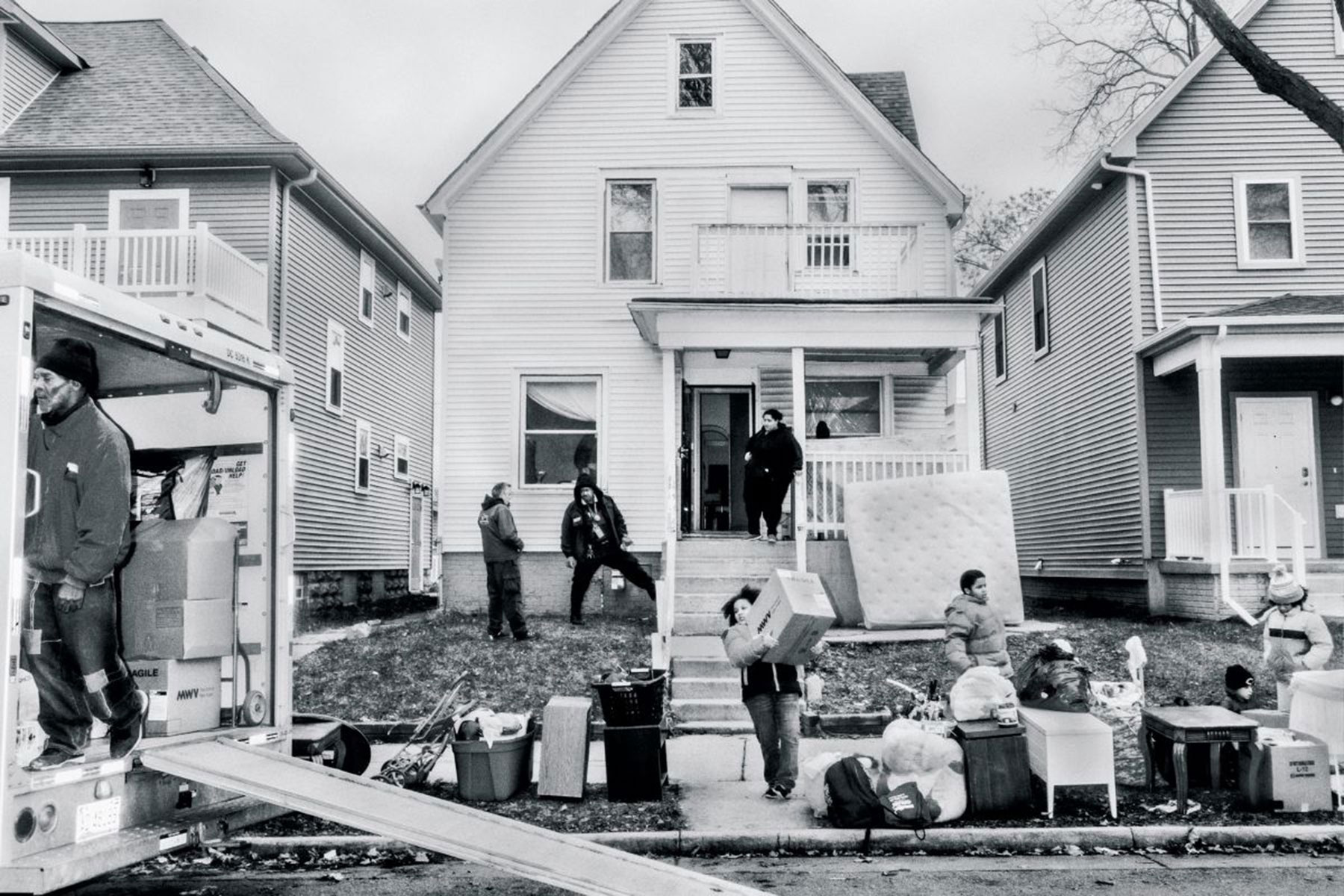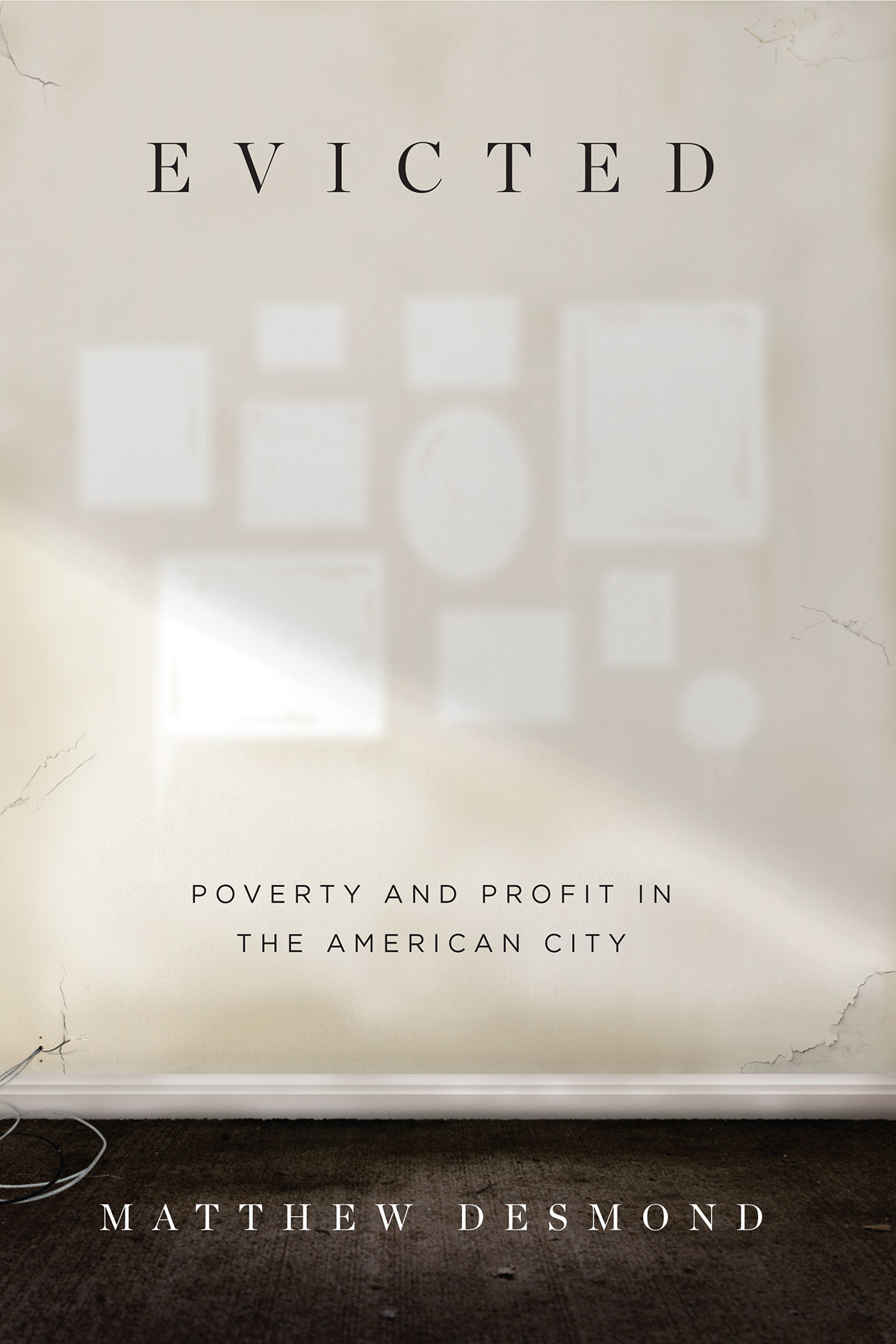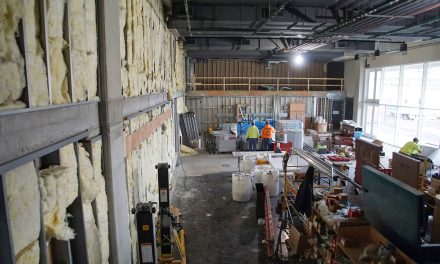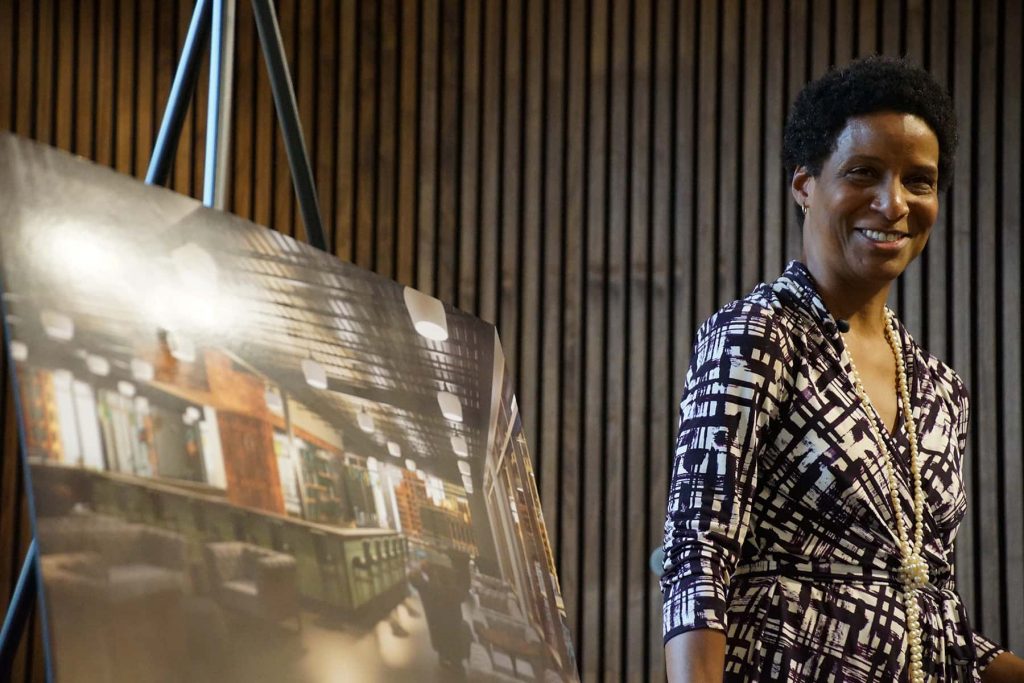
“Reading Desmond’s book about the housing crunch for low-income renters in Milwaukee makes me feel as if time has stood still.” – Margaret Rozga
It was the 32nd apartment she looked at in her search for a place to live. The owner arrived, parked his Saab, and showed her to the two-bedroom unit.
“The place was small, dumpy, and without a bathtub. After a walk-through, Vanetta asked the landlord if he had any other units with tubs,” wrote Matthew Desmond about one of the people whose housing struggles he documents in his book, “Evicted.”
Vanetta wants to be able to give her son a bath. At first the owner says he has a larger unit with a tub at the same rent as this place. Vanetta’s hopes rise. But after what she sees as a pretense of a conversation on his cell phone, he tells her that unit has just been rented. Vanetta once again feels frustrated.
Weeks after reading Desmond’s book, this scene stays with me. “Evicted” presents a compelling view of the ongoing housing crisis in Milwaukee, where Father James Groppi and the Milwaukee NAACP Youth Council led the fight for a law that would prohibit racial discrimination in the rental and sale of housing.
Milwaukee — where I was a member of the council marching for that fair housing law, which finally passed on April 30, 1968. Milwaukee — the “Selma of the North” in the title of Patrick Jones’ book about the open housing movement.
Between 2009 and 2011, according to Desmond, one in eight Milwaukee renters experienced a forced move. Landlords have found ways to circumvent the law for which we marched for 200 consecutive nights from August 1967 through March 1968.
The demand for affordable housing exceeds the supply, so landlords can evict tenants who complain about building code violations because they know there are others desperate enough for housing to rent the unit even in poor condition.
I might as well be living once again in the early 1960s, a time when the African-American population was rapidly growing and their need for housing outstripped the supply available to them.
In 1967, African-Americans were 12 percent of the city’s population living in 5 percent of the city’s total land, with four times the population density of other areas. In 1967 there were only 66 black families in 25 Milwaukee suburbs.
The Milwaukee NAACP Youth Council first began its work on housing issues by advocating for stricter enforcement of the building code. At that time, courts presided over by judges who belonged to the whites-only Eagles Club were lenient with landlords brought to court for building code violations.
One landlord who had multiple building code violations in each of 100 properties was found guilty. But the penalty? One dollar. One dollar for all of the several hundred building code violations. Such enforcement aided and abetted landlords who sought maximum profit at minimum expense.
We felt then that a law prohibiting racial discrimination in housing would increase the available supply and thus ease the housing crunch. We did not necessarily seek an open housing law so that everyone could move to the suburbs; though, of course, that option needed to be available for those who wanted it.
Desmond’s book does not make me feel that our work for fair housing was in vain. If we made a mistake, it was to believe that once the open housing law was passed, everyone would honor it. We underestimated the power of greed.
Ten years after the passage of the open housing law, alert and concerned citizens, especially those living in the Sherman Park area, realized the need to advocate for fair and affordable housing is ongoing. They founded the Metropolitan Milwaukee Fair Housing Council to work for enforcement of and education about fair housing issues and laws. Since many people assume fair housing issues have been resolved, the Metropolitan Milwaukee Fair Housing Council needs our support.
In this year, the 50th anniversary of that struggle for open housing legislation, we need to examine current housing policies such as low-income housing vouchers and low-income housing tax credits to see how they need to be amended or supplemented, so that everyone’s need for the stability of fair and affordable housing is met.
© Photo
Philip Montgomery















